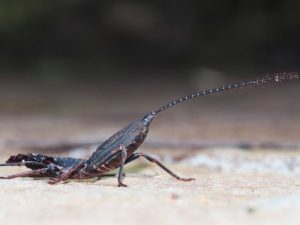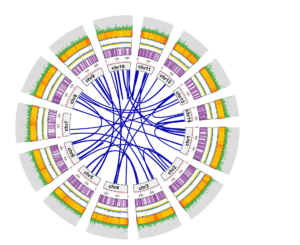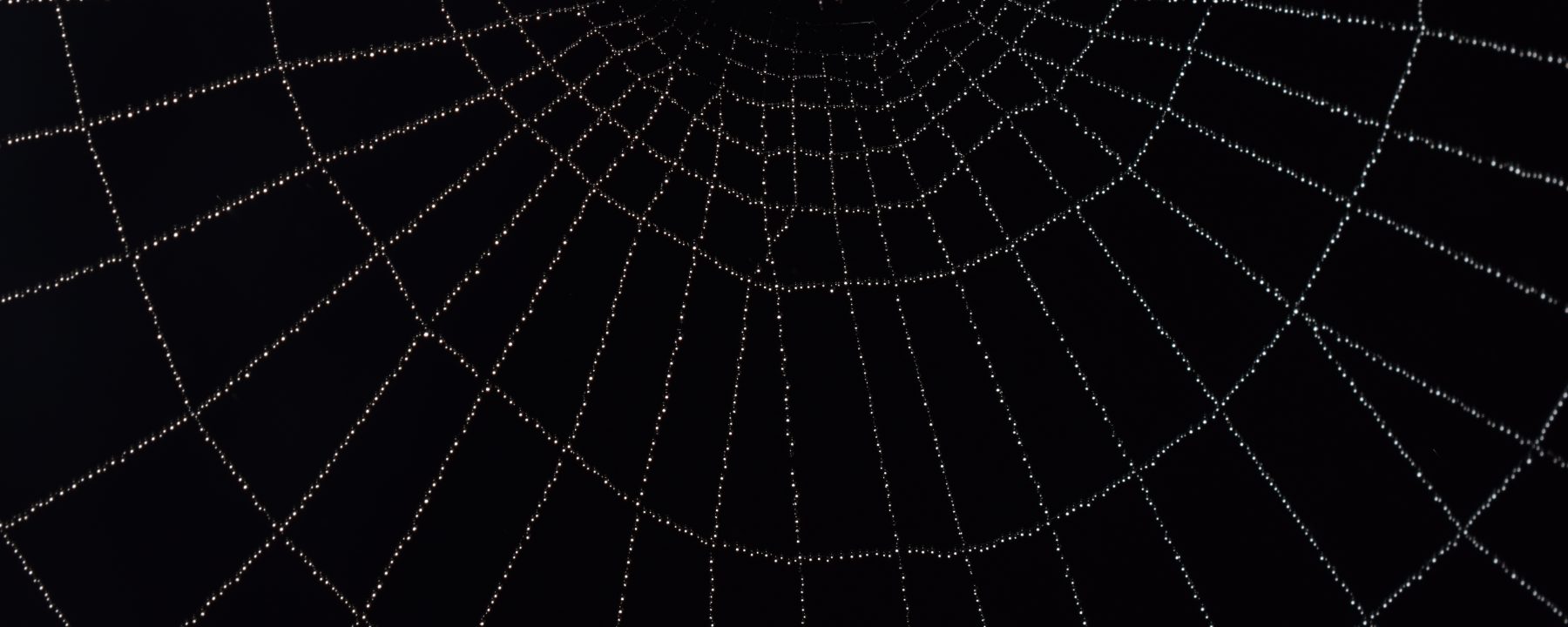Biodiversity Genomics & Evolution
BiomE Lab
CSIR – Centre for Cellular and Molecular Biology

Seeking applications for a PhD position in Ecology and Evolution (CSIR-CCMB)

Open position: We have a five-year PhD position at the Biodiversity Genomics & Evolution (BiomE) Lab starting January 2026.
A staggering megadiversity of some lineages over other disparately microdiverse groups pose a fundamental question– What makes a lineage asymmetrically diverse than its close relatives? This question has fascinated biologists since the early days of systematics owing to strikingly uneven patterns of origin, diversification of biodiversity across space and time.
In our newly started lab, we explore the genetic underpinnings of asymmetric diversity, with a specific focus on the megadiversity within Chelicerata–ticks, mites, spiders, scorpions, solifuges, etc., using genomic, computational and experimental approaches in an evolutionary framework. Our recent work established the plesiomorphic configuration of gene families using the first chromosome-scaffolded genome for Uropygi which shares a WGD with spiders and the sea spiders (Pycnogonida; not ‘real’ spiders). Our past research has closed several impending knowledge gaps in the chelicerate tree of life such as first global phylogenies for Amblypygi and Solifugae; most robust and comprehensive phylogeny with overview of major lineages of spiders. We designed the Spider2Kv1 probe set to target ultraconserved elements that has unlocked reconstruction of various nodes in the arachnid tree of life globally.
We are currently looking for motivated students to do their doctoral research with us. For further enquiries about these positions, please write to siddharth@csirccmb.org
We are located at the Laboratory for Conservation of Endangered Species (LaCONES), a dedicated research facility for ecological, evolutionary and conservation studies at the CSIR-CCMB, Hyderabad, India. More details of CCMB’s PhD program can be found here.
To apply: Submit your application to the CCMB portal and select the ‘LaCONES only’ option for the PhD in BiomE Lab. In addition, please send a single consolidated file with your (1) cover letter, (2) statement of purpose, (3) Curriculum Vitae (including publication list), (4) contact details for two referees, and optionally (5) one sample publication if available to siddharth@csirccmb.org
Application deadline: 21 October 2025.
Selection Process: Those opting for “LaCONES only” will be screened through an interview and a statement of purpose. Please upload the statement of purpose when applying online. LaCONES only candidates are exempted from the computer-based written test. Shortlisted candidates will be interviewed online in November 2025. The final selection will be based on the overall merit of their application and performance in the interview.
Who can apply?
Qualifying degree: Master’s degree in science with minimum 55% marks (without rounding off) or equivalent grade for General (UR)/General-EWS and minimum 50% marks (without rounding off) or equivalent grade for OBC (NCL)/SC/ST, Third gender and Persons with Disability (PwD).
OR
4-year/8-semester bachelor’s degree programme with minimum 75% marks (without rounding off) or equivalent grade for General (UR)/General-EWS and minimum 70% marks (without rounding off) or equivalent grade for OBC (NCL)/SC/ST, third gender and Persons with Disability (PwD) from the recognized University.
Applicant should have a valid National-level Fellowship (JRF/ SRF of any funding agency, e.g. CSIR, ICMR, UGC, DBT, DST, etc.) or any other equivalent fellowship like DBT-BET, INSPIRE, RGNF, etc. (Tenable at all AcSIR associated Research Institutes).
